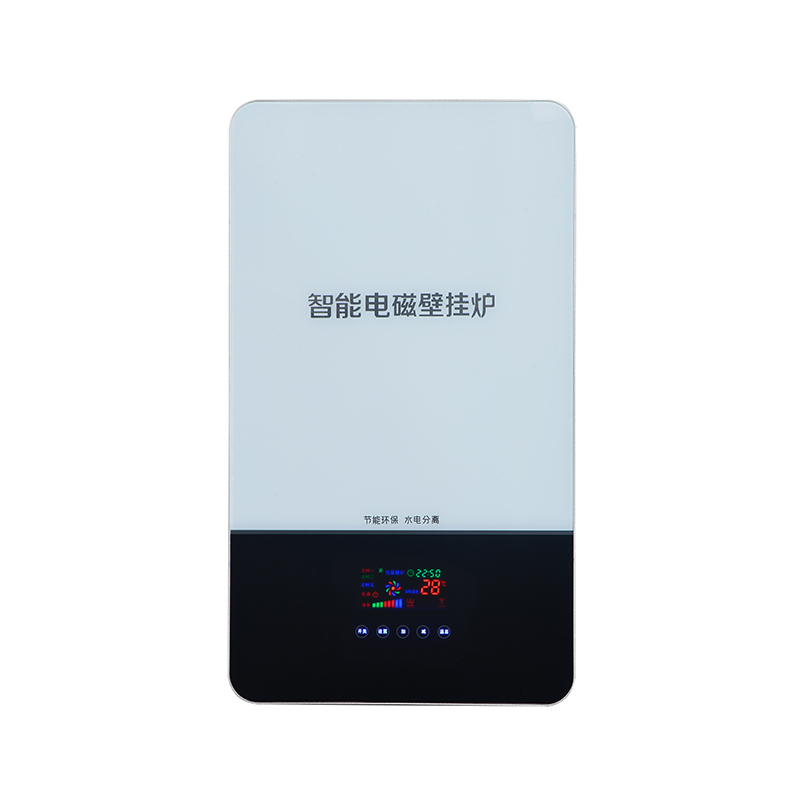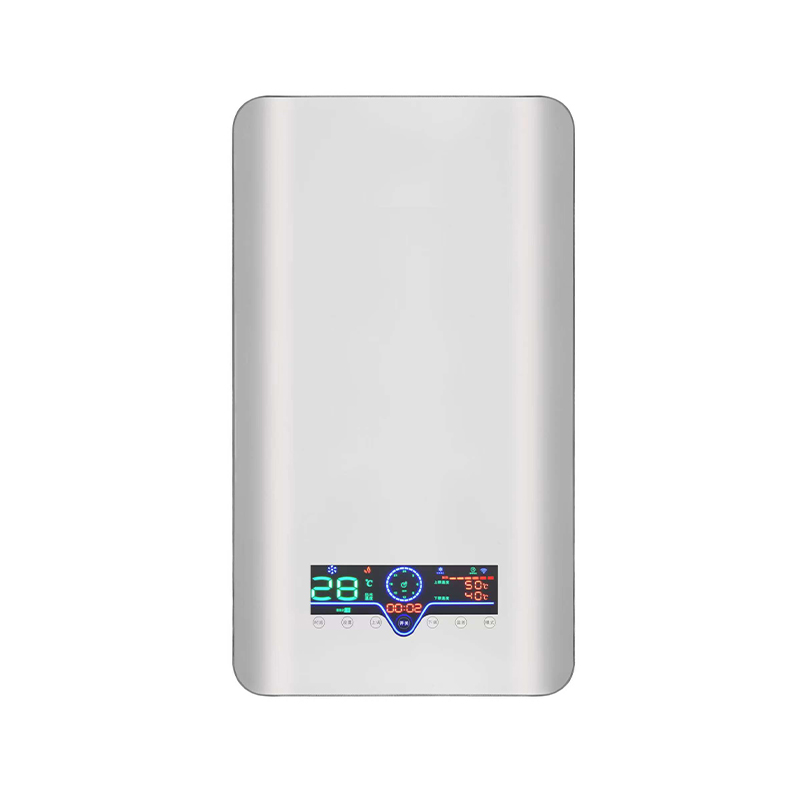How do the winding density and number of turns of an electromagnetic heating furnace coil affect heating uniformity and energy conversion efficiency?
Release Time : 2025-09-10
The coil disk of an electromagnetic heating furnace is the core component of electromagnetic induction heating. Its winding density and number of turns directly influence the magnetic field distribution, which in turn plays a key role in heating uniformity and energy conversion efficiency. The essence of electromagnetic heating is that an alternating current flows through the coil disk, generating an alternating magnetic field. When this magnetic field passes through the bottom of the cookware, it induces eddy currents within the metal. The thermal effect of these eddy currents produces heating, and the coil disk's winding parameters are the key factors determining the magnetic field's strength, distribution, and stability.
The impact of winding density on heating uniformity is primarily reflected in the spatial distribution of the magnetic field. If the coil disk's winding density is uneven, areas with denser coil turns will generate a stronger magnetic field. Consequently, the eddy current density induced in these areas of the cookware bottom will be higher, resulting in more concentrated heat generation and a higher risk of localized overheating. Meanwhile, areas with sparser coils have a weaker magnetic field, lower eddy current intensity, and slower heating. This ultimately leads to significant temperature differences between different areas within the cookware, affecting cooking results. Conversely, when the coils are wound with a uniform density, the alternating magnetic field is more evenly distributed across the bottom of the cookware, generating relatively consistent eddy currents within the cookware. This allows for even heat distribution, preventing localized overheating or underheating. This is particularly crucial for cooking applications requiring uniform heating, such as stewing and frying eggs.
From an energy conversion perspective, the appropriateness of the winding density is directly related to magnetic field utilization and magnetic flux leakage losses. If the winding density is too low, the gap between the coils is too large, and the magnetic field generated by the alternating current diffuses more into the surrounding space rather than being concentrated on the bottom of the cookware. This exacerbates magnetic flux leakage, causing significant energy to be lost before it contributes to eddy current generation, and naturally reduces energy efficiency. If the winding density is too high, the coils are too close together, and the magnetic fields generated by adjacent coils interfere with each other, creating a magnetic field cancellation effect that weakens the overall magnetic field strength. This also increases parasitic capacitance between the wires, consuming additional energy and reducing energy conversion efficiency. Therefore, the winding density must be within a reasonable range, ensuring that the magnetic field is as concentrated as possible within the cookware while avoiding mutual interference between the coils and minimizing energy loss.
The impact of the number of turns on heating uniformity is reflected in the magnetic field coverage and intensity gradient. When the coil has a small number of turns, the magnetic field generated by the alternating current has a relatively limited coverage area, primarily concentrated in the center of the pot's bottom. The magnetic field strength at the edges significantly decreases, resulting in significant heating differences between the center and edges of the pot. This can be particularly difficult to achieve the desired heating temperature at the edges of larger pots. However, increasing the number of turns appropriately expands the magnetic field coverage, ensuring sufficient magnetic field strength at the pot's bottom edges. This allows eddy currents to be generated over a wider range, improving heat distribution uniformity. However, it should be noted that if the number of turns is too high and the winding range does not match the pot's dimensions, the magnetic field may extend beyond the pot's bottom, similarly wasting energy. Excessive turns can also cause an abnormal magnetic field intensity gradient, resulting in localized uneven heating.
The impact of the number of turns on energy conversion efficiency is closely related to the energy transfer principles of electromagnetic induction. The number of coil turns is correlated with the magnetic flux of the induced magnetic field. Increasing the number of turns within a reasonable range can enhance the magnetic flux density of the alternating magnetic field, inducing stronger eddy currents within the cookware. This, in turn, generates more heat in the same amount of time, and improves energy conversion efficiency. However, more turns is not necessarily better. When the number of turns exceeds a certain limit, the coil's resistance increases with the length of the wire. This significantly increases copper losses (heat loss due to wire heating) when current flows through it, dissipating some electrical energy in wire heating rather than converting it into heat for the cookware, leading to a decrease in energy efficiency. Furthermore, excessive turns can increase the coil's inductance, compromising compatibility with the drive circuit, further increasing circuit losses and reducing overall energy efficiency.
The synergistic effect of winding density and number of turns is crucial for optimizing heating performance. For example, coils designed for small cookware typically utilize a higher winding density and a moderate number of turns to concentrate the magnetic field within the cookware's coverage area, ensuring uniform heating while reducing magnetic flux leakage. Coil coils designed for larger cookware, on the other hand, require a certain winding density while increasing the number of turns appropriately to expand the magnetic field coverage and avoid underheating at the edges. An inappropriate combination of these two factors—for example, high winding density with too few turns—can lead to insufficient magnetic field strength and uneven distribution; while low winding density with too many turns can exacerbate magnetic flux leakage and copper losses, preventing optimal heating and energy efficiency.
In practical designs, the winding density and number of turns of the coils must be carefully tailored to the cookware's size, heating power requirements, and drive circuit parameters. By optimizing the winding density, the magnetic field can be evenly distributed across the cookware's bottom, minimizing local temperature differences. By appropriately setting the number of turns, the magnetic field strength can be enhanced to improve heating efficiency while controlling wire resistance and circuit losses. Ultimately, this balance is achieved between heating uniformity and energy conversion efficiency, meeting the performance requirements of electromagnetic heating furnaces in various cooking scenarios.





